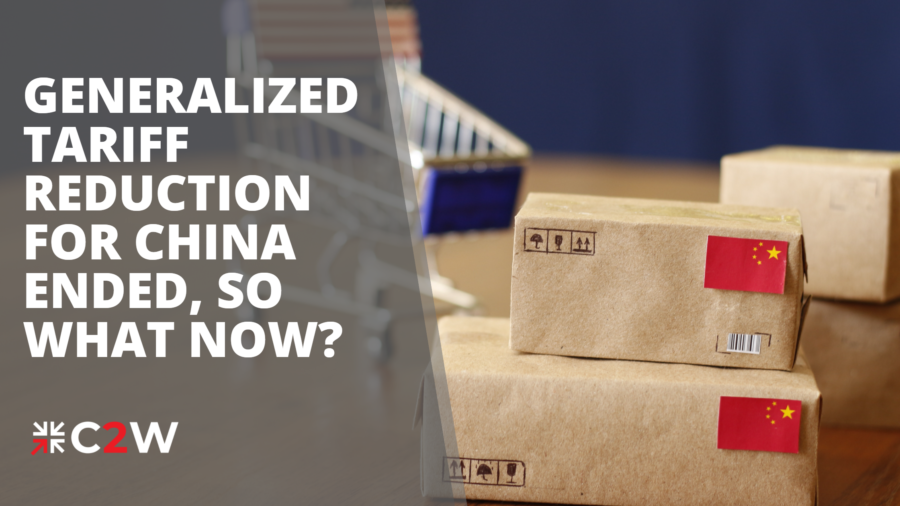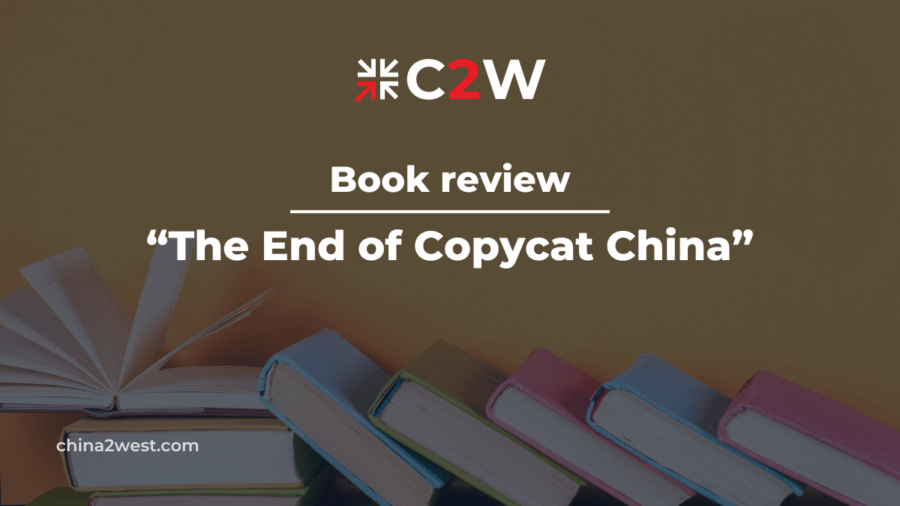Chinese Custom announced the cancelation of issuing Form A, a type of Certificate of Origin for the GSP(Generalized Systems of Preferences) verification(Note: The US doesn’t require Form A), as several trade partners including EU put an end to generalized tariff treatment to China back in October.[i]
The news caused widespread controversy over the lifespan of the Made-in-China dominance. While some argue that it is way too early for this removal because China is deemed by some of them nowhere near a developed economy, others see this as a form of “graduation” from international trade support to self-reliance.
But for businesses around the world who source from China or have outsourced their manufacturing there, what do they need to take away from this news?
What is GSP?
Generalized Systems of Preferences refers to a preferential tariff system which reduces tariffs on imports from developing countries, aiming to expand their exports and accelerate their economic growth. The beneficiaries can enjoy tariff reductions on top of MFN(Most Favored Nation) treatment.[ii]
Is it different from MFN?
Yes, they are two different preferential tariff systems, despite being both under purview of WTO. [iii] While GSP is established for developing countries, MFN is a non-discriminatory trade policy for WTO members, which China joined in 2001, affording benefits to smaller countries that were usually granted by bigger economies to each other. [iv] That means as long as China is still a member of WTO, this policy is applicable to imports from China.
Why the cancelation for China?
Technically, it is not a cancelation. In order to balance out the disadvantages brought to economies offering GSP, most of the programs come with protective measures, which include graduation clause. This clause will be triggered once the beneficiary has reached a certain level of development, which is the case here for China, as it has become the World’s Factory for over a decade.i
What countries are still granting GSP to China?
Norway, New Zealand and Australia.
Any options other than Form A now that it’s gone?
For exports to countries no longer granting GSP to China, a Certificate or Origin to qualify for MFN tax rates can be considered. It is more accessible as it can be printed from online and businesses or manufacturers can finish the whole application process in-house. ii
What should importers do?
If you source your products or have them manufactured in China, what should you watch for with this cancelation?
Do your research. Make sure to figure out if the country your business is located in has a free trade agreement(FTA) with China and if a certificate or origin is required in that case. So far China has free trade partnerships with Switzerland, Liechtenstein, Australia, New Zealand, Japan and ASEAN.
Communicate with Your Manufacturer or Sourcing Agent. Prompt, proactive and effective communication can clear out any confusion or discrepancy regarding certificates of origin.
Make Good Use of Free Trade Zone Policies in China. China has been accelerating its process of establishing free trade zones. There’re 21 already and still counting. Most of them grant tax reduction or even zero tariff on imports to China, for some manufacturers, which can significantly reduce production costs, as well as other tax benefits so as to attract investment.ii
C2W headquarter happens to be located in Zhuhai, China, right in one of the FTZs with a local assembly line, providing one-stop sourcing and manufacturing services. Please feel free to reach out.
[i] https://asiatimes.com/2021/11/eu-poised-to-pull-chinas-gsp-trade-privileges/
[ii] http://www.customs.gov.cn/customs/302249/302270/302272/4029096/index.html
[iii] https://en.wikipedia.org/wiki/Generalized_System_of_Preferences
[iv] https://en.wikipedia.org/wiki/Most_favoured_nation


